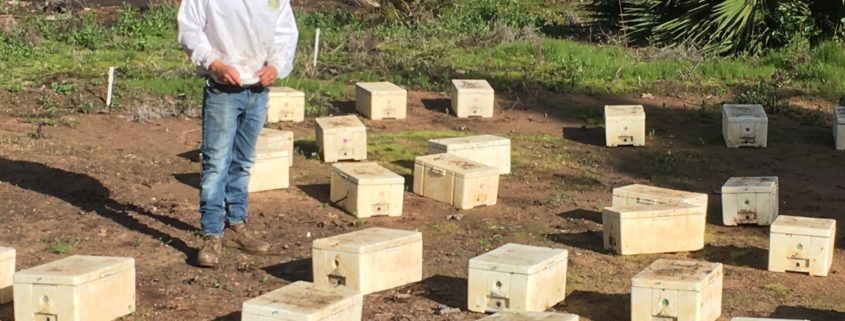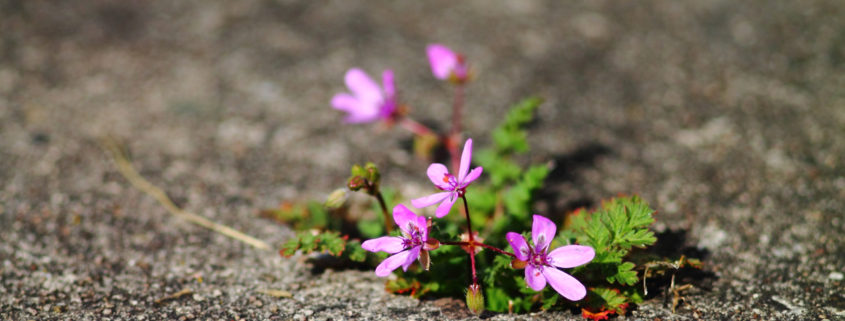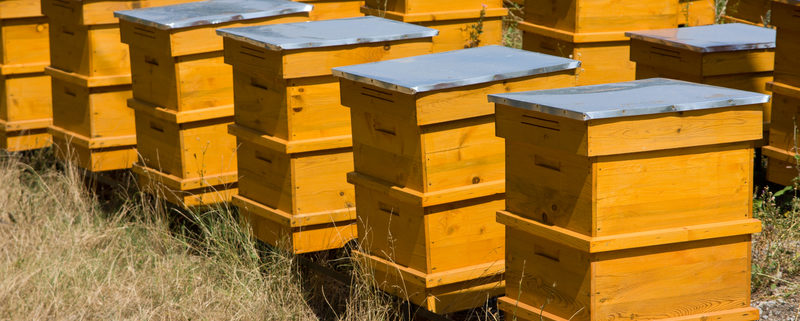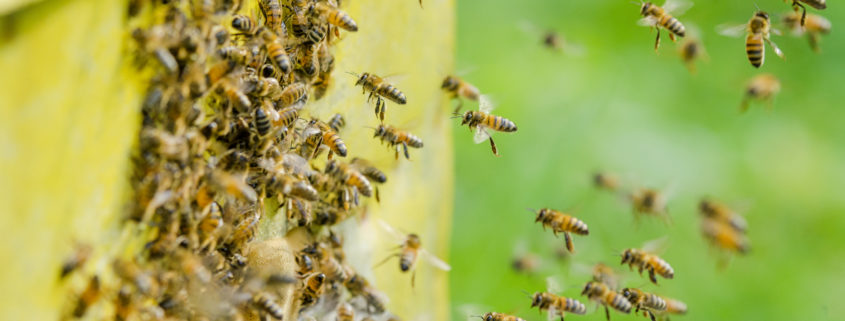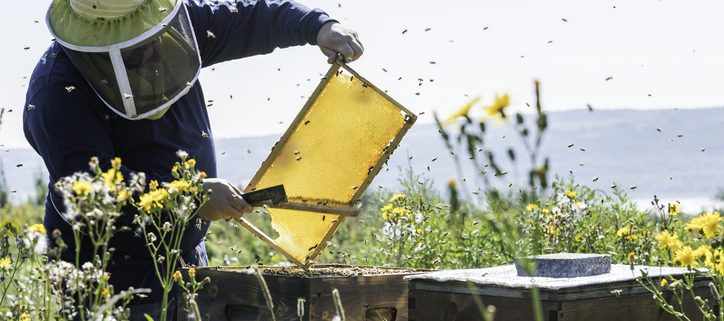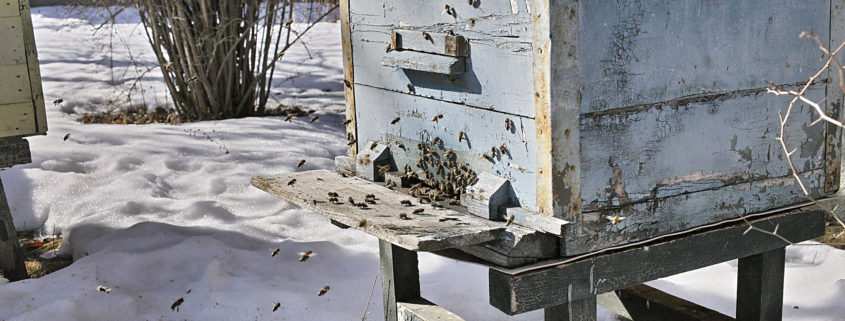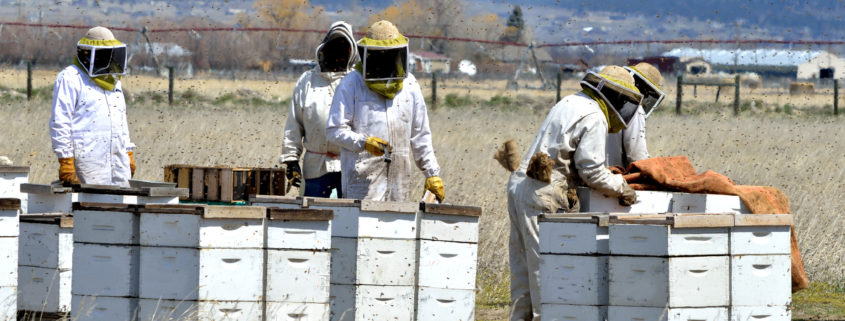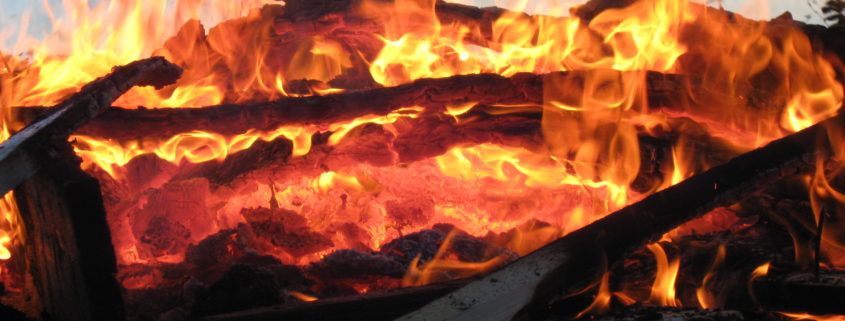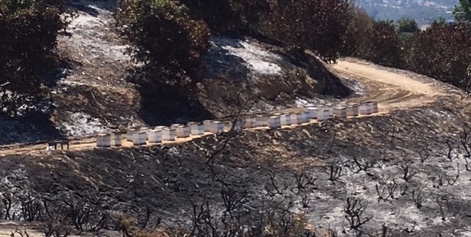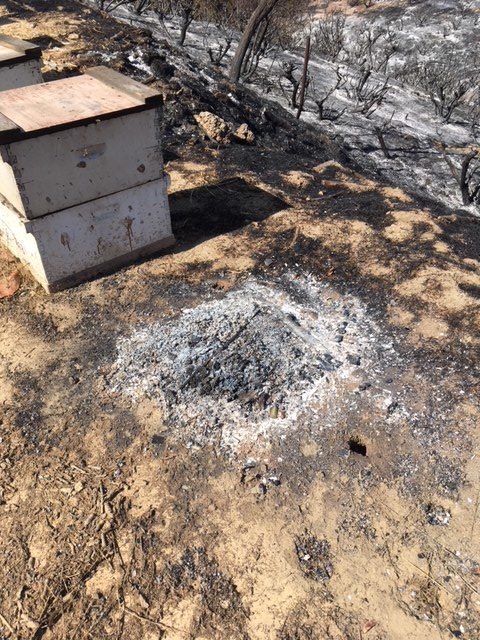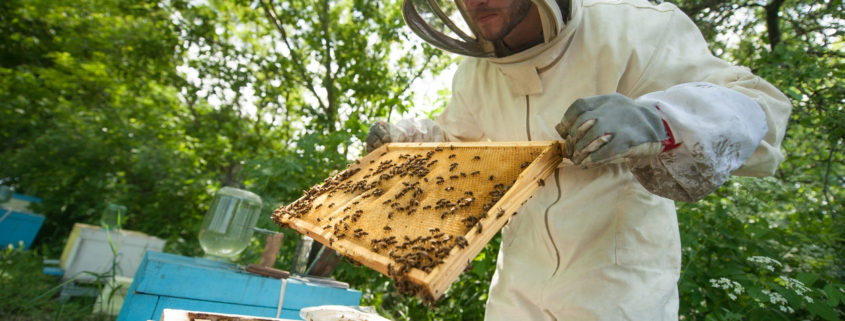First Day on the Job
The first day at any job is usually a day of excitement, and perhaps a little anxiety. What will the work be like? Who will be my co-workers? Will we all get along?
When you start as a new employee at Wildflower Meadows, the work is going to be outside. You are expected to be conscientious and hardworking. And, as for co-workers? You are going to have several million of them, nearly all of them insects and nearly all of them with stingers!
The best thing about having bees as co-workers is that if they are unhappy with you, they will be honest and straightforward with you and let you know their feelings directly. Therefore, we always give our new beekeepers the advice to be respectful of the bees; treat them with respect and they will do the same in return.
New employees, like most new beekeepers, are usually most concerned about one thing: getting stung. Of course, it is bound to happen that you are going to get stung, especially if nearly your entire workday is going to be spent with your hands in and around beehives.
It takes time to learn how to move and act around honeybees. Honeybees – like dogs, horses and other domesticated animals – seem to have a sense of when their handler is comfortable. They often react according to the way the beekeeper moves. Bees respond accordingly to calm, smooth and Zen-like movements. But they can also respond adversely if the beekeeper is moving in a jerky or unpredictable manner. Bees, like everyone, do not appreciate rough handling. Therefore, the problem with being a new beekeeping employee – or new beekeeper for that matter – is that it takes time to learn the little things that keep the bees at ease. Eventually, everyone does. But the Zen-like, smooth, experienced movement comes later – typically not on the first day of work.
It also takes time to learn how to move one’s hands in and out of the hive. For most us here at Wildflower Meadows, the vast majority of our stings are not the result of angry or defensive bees, but rather the result of us clumsily putting our hands or fingers on the wrong spot. These are accidental stings and are no fault of the bees, but rather the fault of a heavy-handed beekeeping movement. New beekeepers are more prone to make this kind of mistake, such as not looking carefully, or not feeling for individual bees before picking up a frame. New beekeepers receive accidental stings far more frequently than experienced beekeepers. Moving with light Zen-like hands comes later, as new employees have yet to learn the “beekeeping touch” on their very first day.

